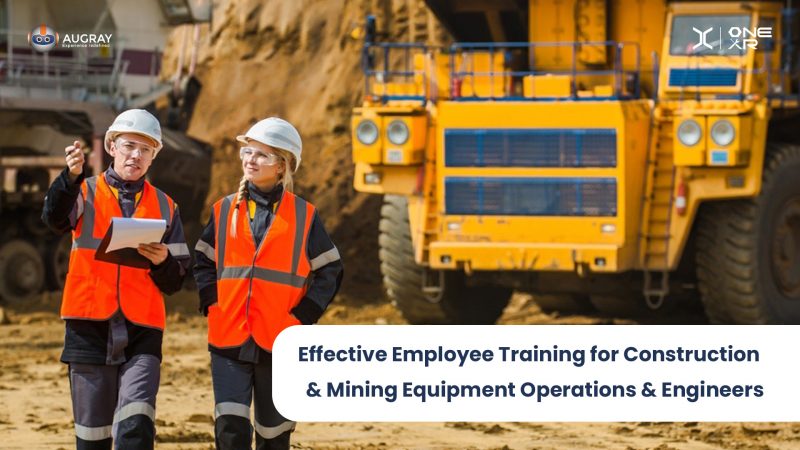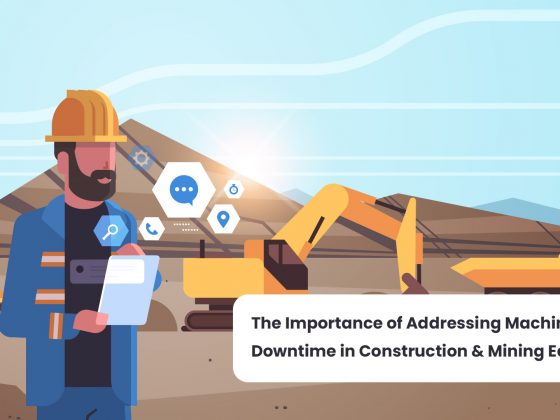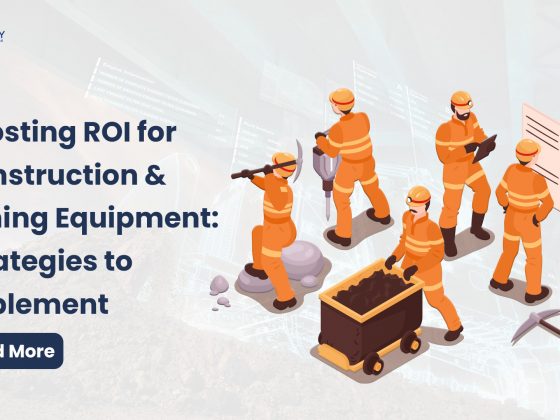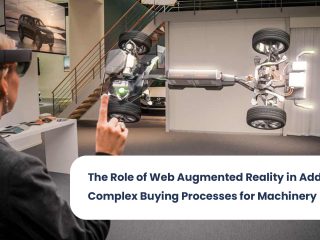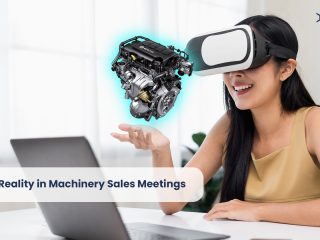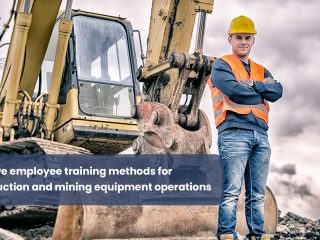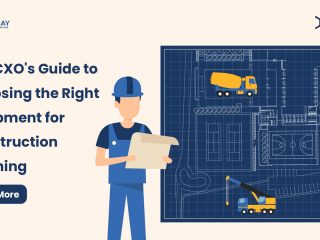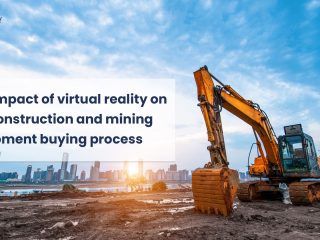The construction and mining industry is complex and requires highly skilled workers to operate expensive and complex equipment. The importance of proper employee training cannot be overstated, as it directly impacts safety, productivity, and profitability.
However, traditional employee training methods can be expensive, time-consuming, and may not effectively transfer knowledge to the workforce.
Traditional training methods often involve classroom lectures, printed manuals, and hands-on training. While these methods can be effective, they require significant resources and time investment, which can be difficult to manage in a fast-paced industry like construction and mining.
Additionally, frequent hiring of the workforce means that training must be conducted on a regular basis, further adding to the cost and time investment.
One solution to overcome these challenges is virtual reality (VR) technology. VR offers a unique opportunity to provide immersive and interactive training experiences that can simulate real-life scenarios and give employees a better understanding of the machinery and its operations.
VR technology can provide employees with a 360-degree view of the machinery, enabling them to identify potential hazards and learn how to operate the equipment safely and efficiently.
VR technology can also provide a digital twin setup, where a virtual replica of the machinery is created, allowing employees to explore and interact with it in a safe and controlled environment. This can help employees gain a better understanding of how the machinery works, troubleshoot common issues, and identify potential problems before they occur.
In addition, VR simulations can be customized to the specific needs of the employee, allowing them to learn at their own pace and level of understanding. This personalized approach to training can result in better knowledge retention and longer recall, leading to safer and more efficient operations.
Another advantage of VR training is the ability to create scenarios that cannot be replicated in real-life situations. For example, emergency situations or complex maintenance procedures can be simulated, allowing employees to gain hands-on experience without risking their safety or damaging expensive equipment.
In a highly competitive industry like construction and mining, the importance of good training cannot be overstated. Well-trained employees are safer, more productive, and ultimately more profitable for the company.
Investing in VR technology can provide significant cost and time savings while also ensuring employees have the skills and knowledge necessary to operate complex machinery safely and efficiently.
Situational examples can be helpful to illustrate the benefits of VR training. For instance, imagine a new employee joining a mining company. They are tasked with operating a large piece of machinery, but they have no prior experience.
Traditional training methods may involve classroom lectures and hands-on training, which can be time-consuming and may not effectively transfer knowledge. However, with VR technology, the employee can be provided with a digital twin setup of the machinery, allowing them to explore and interact with it in a safe and controlled environment.
They can practice operating the machinery, troubleshooting common issues, and identifying potential problems before they occur. This personalized approach to training can result in better knowledge retention and longer recall, leading to safer and more efficient operations.
Another example could be a scenario where a maintenance procedure needs to be performed on a large piece of equipment, but the machine is currently in use and cannot be shut down.
In this situation, traditional training methods may not be effective, as there is no way to simulate the procedure on the actual machinery.
However, with VR technology, a simulation of the maintenance procedure can be created, allowing employees to gain hands-on experience without risking their safety or damaging the machinery.
In conclusion, effective employee training is crucial in the construction and mining industry. Traditional training methods can be costly and time-consuming, but VR technology provides a unique opportunity to provide immersive and interactive training experiences that can simulate real-life scenarios and give employees a better understanding of the machinery and its operations.
VR technology can result in better knowledge retention and longer recall, leading to safer and more efficient operations, ultimately leading to increased productivity and profitability
